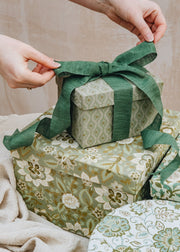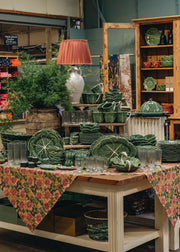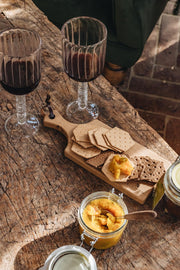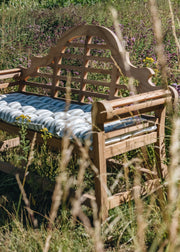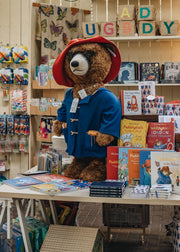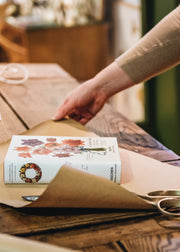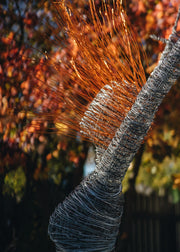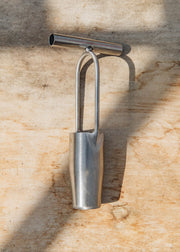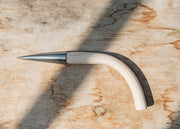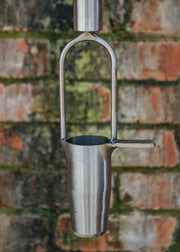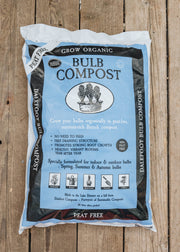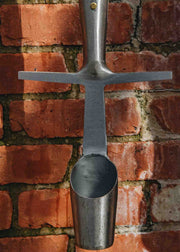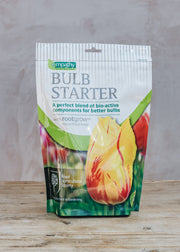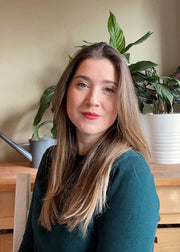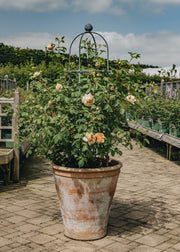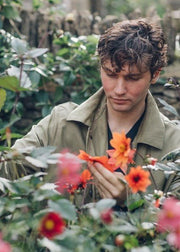Frequently Asked Questions: Autumn Planting Bulbs
Spring Flowering Bulbs are to be planted between the cooler months of September and November, according to type. For example, it is preferable to plant Narcissus, Crocuses, and Hyacinths, towards the end of September, but to hold off planting Tulips until November when it is much cooler, but before the ground gets too hard. Information on when best to plant your chosen bulbs should be listed on their packaging.
Tulips, Narcissi and more
Plant your bulbs in pots and borders and find a fairly sunny spot - most bulbs grow best with at least six hours of direct sunlight. Remember, even healthy bulbs can fail if they are planted in the wrong spot.
Plants like Crocuses, Tulips, Daffodils, Hyacinths, Iris, and Snowdrops will thrive in pots given the right care. This isn’t a definitive list, and feel free to be more adventurous; but when you are planting in pots take extra care to avoid letting bulbs touch, as this can encourage rotting, and also make sure they don't touch the sides of the pot.

Most bulbs prefer free draining soil rich in organic matter. To improve drainage, place a layer of grit or sharp sand below the bulb, and sprinkle a layer of Bulb Starter fertiliser to give them a boost. If planting in a pot, make sure it has drainage holes, and we recommend using a compost specifically designed for bulbs.
As a rule of thumb, dig a hole at a depth of two to three times the size of the bulb you are planting. There will be the occasional exception to this rule, but information on how deep to plant your chosen bulbs should be listed on their packaging.
Tools for the job
Generally, most autumn planting bulbs will flower in early, mid, and late spring. However, some varieties such as Snowdrops and Winter Aconite will flower much earlier, giving you the ability to plant for successional blooms over several months. Information on when your chosen bulbs will flower should be listed on their packaging.
Not all bulbs will produce scented flowers. Those that do will vary from the very strong perfumed scent of hyacinths and jonquils to the much more delicate scent of some tulips. Do take a look at our collection of Scented Bulbs for guaranteed spring fragrance.
Your flowering bulbs will attract lots of little guests to your garden. For example, Snowdrops will invite honeybees on warm winter days, whilst Winter Aconite will be a valuable source of nectar for the first butterflies to emerge from hibernation. Likewise, Crocuses will prove a valuable source of food for hungry queen bumblebees as they wake from their winter slumber. Later flowering bulbs will see various butterflies, bees and hoverflies paying a visit. Remember, bulbs that are native to the UK tend to be preferred by our pollinators. To find out more, take a look at our guide to Wild Garden Bulbs.

Freshly planted bulbs are an attractive prospect for animals such as squirrels, mice, and even deer, who find them delicious. To protect your bulbs, try spreading a layer of mulch or creating a grid of holly branches over your planting spots, or try weighing down some form of mesh or chicken wire over the soil that can be safely removed when the sprouts appear.
Not all bulbs return with the same vigour each year, and many will weaken after their first year. For the best show, replace potted bulbs with fresh varieties each year, and move spent bulbs into the border - they may give you a nice surprise! Naturalising bulbs will continue to multiply and give a beautiful display year on year.
Naturalising bulbs
Some bulbs can irritate the skin, so when handling them, it is advised that you wear gloves. Most bulbs are toxic to both cats and dogs if they are ingested.
Store in a cool dry place to until ready to plant.
